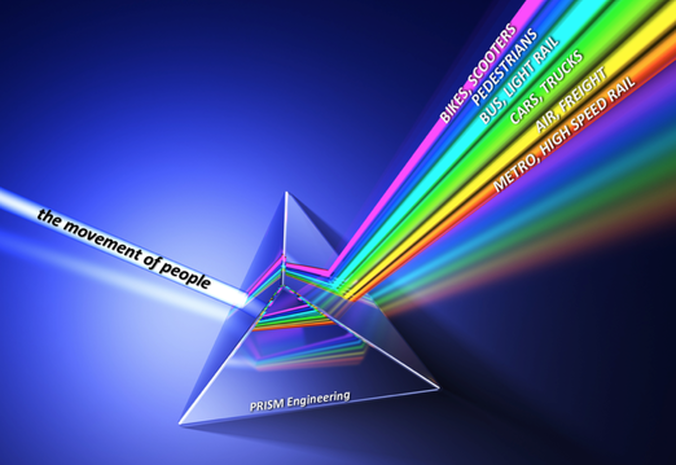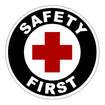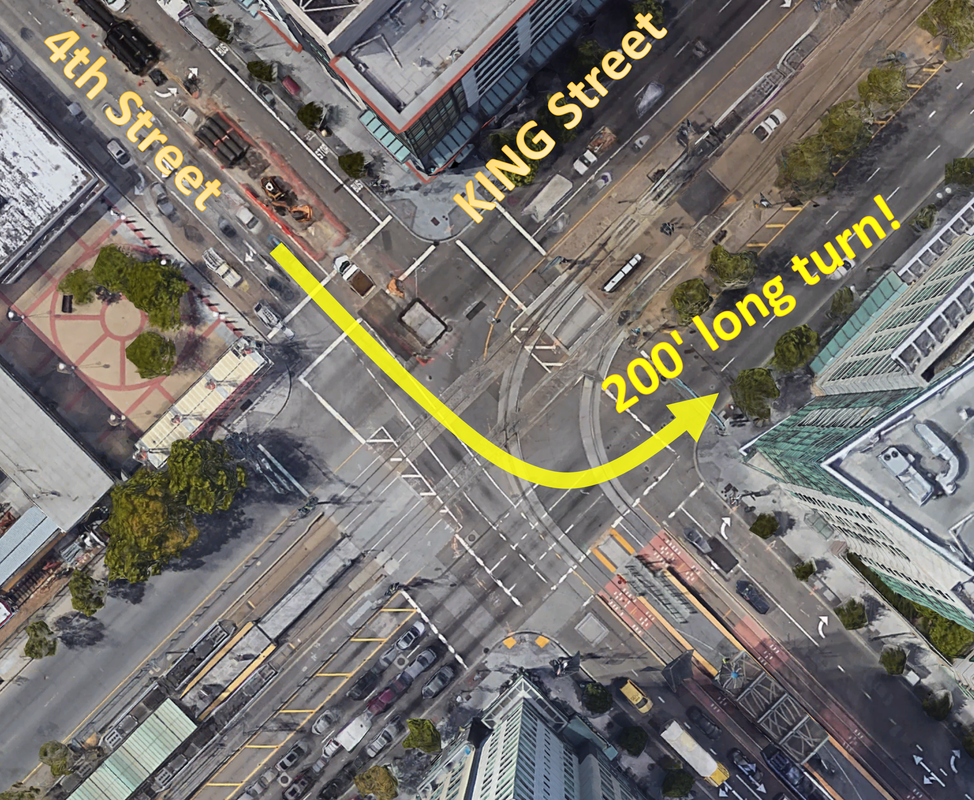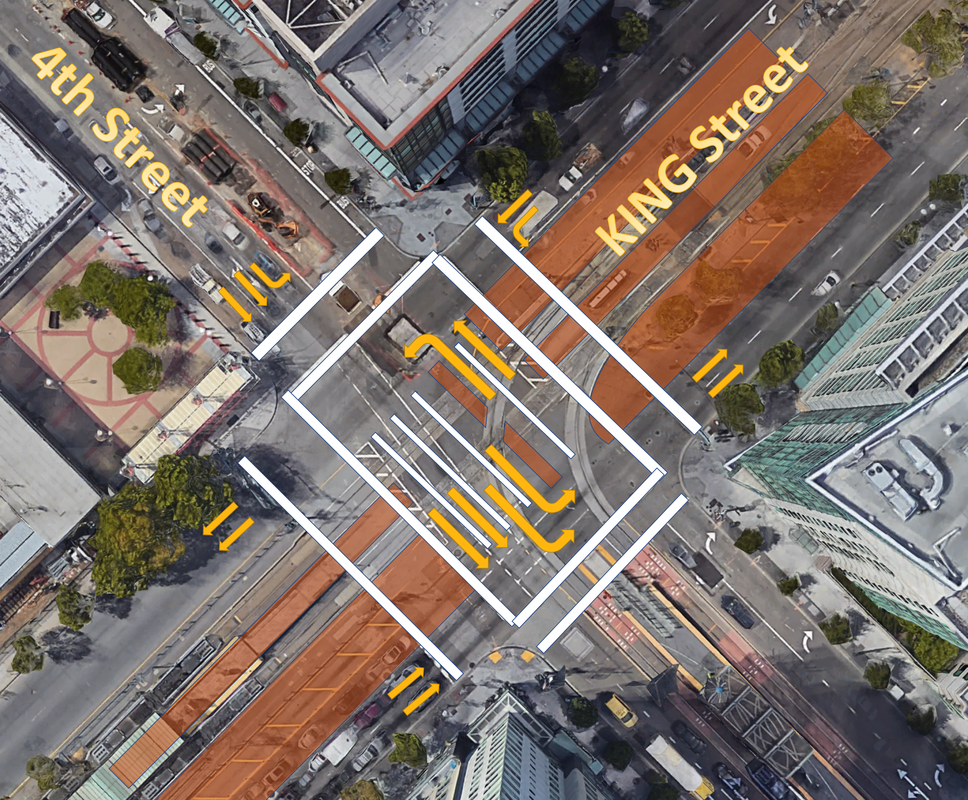traffic safety first
Traffic installations must be designed to be safe for all modes of traffic, especially bikes and peds
|
A ROUNDABOUT AT THIS LOCATION IS THE ANSWER.
200' DIAMETER WITH NO RIGHT-OF-WAY TAKES NEEDED! LOS C WOULD BE THE RESULT, |
This typical intersection installation (in Fresno, california)
is "car-centric"...and hardly invites bikes or peds to join in. It is a 20 year old design that never worked properly because the signal timing is not optimized, bike lanes were not implemented consistently (ONLY 25% have a receiving lane), and traffic patterns are not adequately considered, as There are too many u-turns taking place, for instance. It currently operates at LOS F conditions as observed on a regular basis, but it could be at los c conditions always, if certain features were installed (like a roundabout). Don't let the high speed time lapse fool you in this video. waiting at this intersection for a green light is a long and agonizing event where only a few cars move at a time! LOS F is where a driver has more than 80 sec delay. at this intersection, the signal cycle is about double that los f value, and often you have to wait more than one signal cycle, adding another 200 seconds of delay. It is completely unacceptable. photo/video © 2019 PRISM Engineering
|




